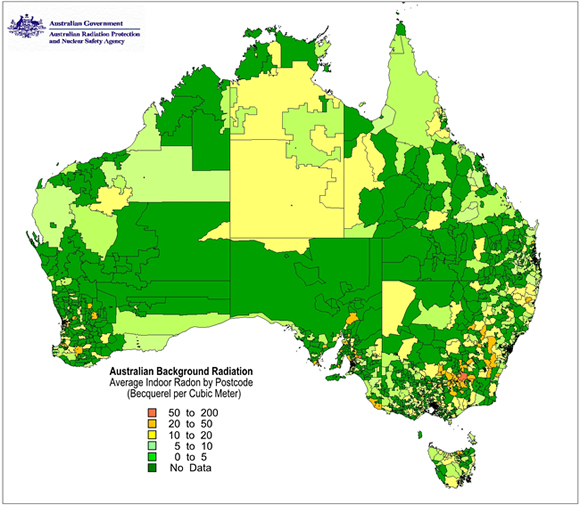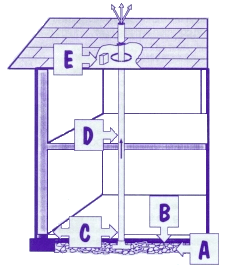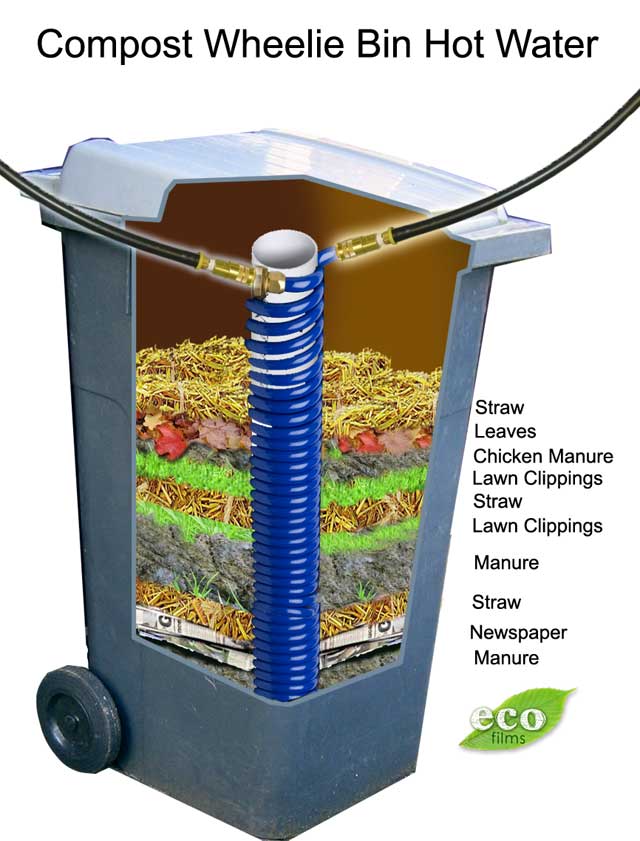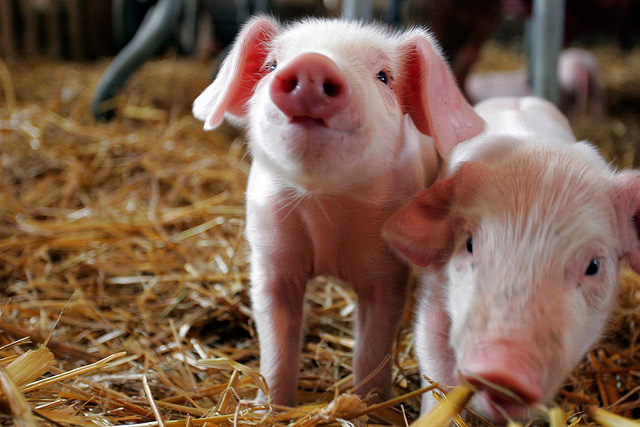Considerable thought has been given to roofing on the various designs we've come up with. For our little house we like designs that are domed - the build is a little easier for the flexibility of the space the provide. Plus there are pleasant hobbit-hole connotations. However, it tends to get quite wet here in winter and earthen plastered domes don't do well in wet climates. In fact, 'big hat' tends to be a rule-of-thumb buzz word for earth houses.
It also occurs to us we'd like to collect water from the roof of our house, which is hard to do with earth plaster.
So I've been looking into roofing on domed earthbag structures. It seems there have been a few people who have experimented with this already.
Many variations on ferrocement moulded hat-like roof structures:
Several that have incorporated moulded guttering into the structure of the dome itself:
One that I've found with corrugated iron raised up from the dome:
And the all-time stylish favourite, shingles!
Originally I was trying to work out something similar to the corrugated iron dome, but I'm fairly severely arachnaphobic and can just imagine how many cobwebs would end up in the gap between. I was in the process of working out how to close that gap by bringing the corrugated iron close to the dome and plastering any openings, but at that point began to wonder whether attempting to bend the metal and cut it just right to size would be worth the effort - in such an organic structure surely there is a more organic solution to roofing. Which leads us back to ferrocement.
My biggest concern with ferrocement was lack of waterproofing, necessitating a coating of some sort. Early searches into types of paints and sealants suggested to me that many would result in small amounts being mixed with any water collected from the roof over time. Plus it's just another material we'd have to buy, learn how to use, apply, and maintain. Simple is best
But then I discovered magnesium cement. I still have a bit of homework to do on this one, but it seems a viable contender as a roofing material that is flexible to the more organic shapes of the domes, waterproof, and suitable as a surface for water collection.
It also occurs to us we'd like to collect water from the roof of our house, which is hard to do with earth plaster.
So I've been looking into roofing on domed earthbag structures. It seems there have been a few people who have experimented with this already.
Many variations on ferrocement moulded hat-like roof structures:
Several that have incorporated moulded guttering into the structure of the dome itself:
One that I've found with corrugated iron raised up from the dome:
And the all-time stylish favourite, shingles!
Originally I was trying to work out something similar to the corrugated iron dome, but I'm fairly severely arachnaphobic and can just imagine how many cobwebs would end up in the gap between. I was in the process of working out how to close that gap by bringing the corrugated iron close to the dome and plastering any openings, but at that point began to wonder whether attempting to bend the metal and cut it just right to size would be worth the effort - in such an organic structure surely there is a more organic solution to roofing. Which leads us back to ferrocement.
My biggest concern with ferrocement was lack of waterproofing, necessitating a coating of some sort. Early searches into types of paints and sealants suggested to me that many would result in small amounts being mixed with any water collected from the roof over time. Plus it's just another material we'd have to buy, learn how to use, apply, and maintain. Simple is best
But then I discovered magnesium cement. I still have a bit of homework to do on this one, but it seems a viable contender as a roofing material that is flexible to the more organic shapes of the domes, waterproof, and suitable as a surface for water collection.















.JPG)




